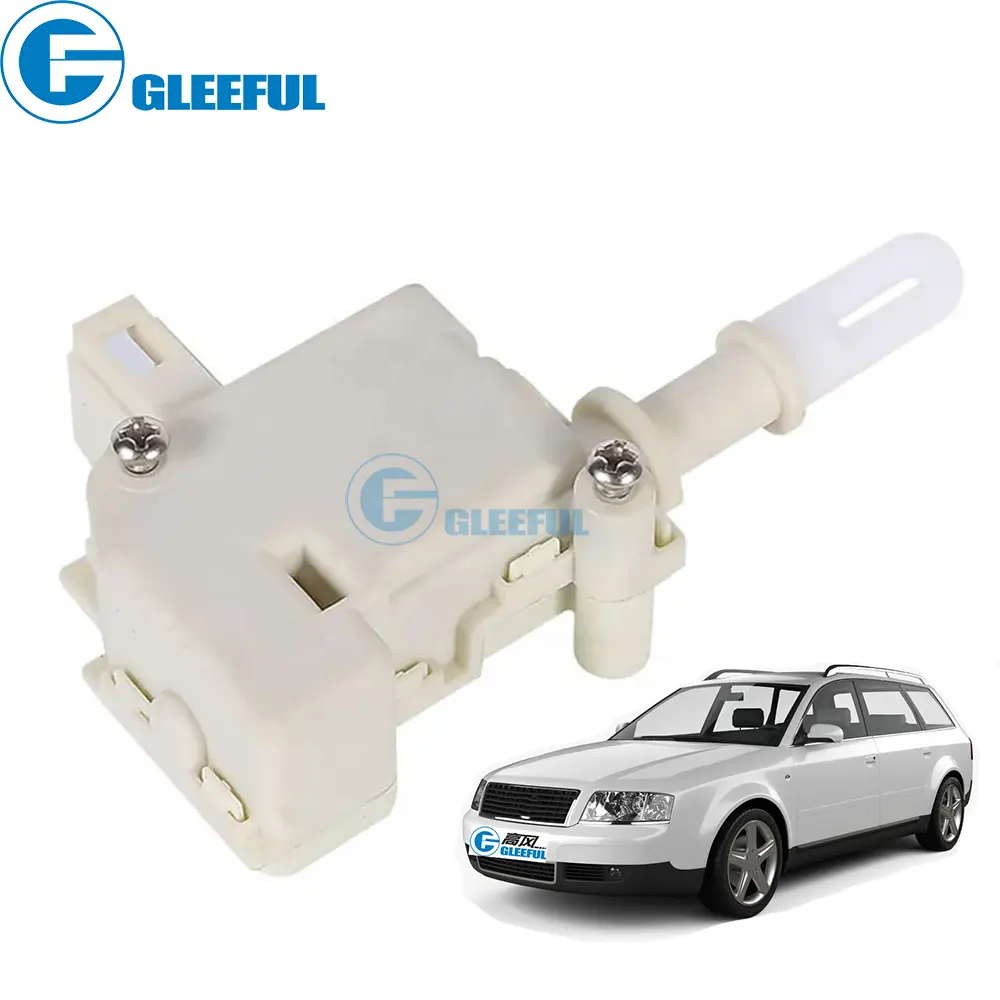In the realm of automotive security, the trunk of a vehicle often remains a vulnerable point. Ensuring that your trunk is properly secured can protect valuable possessions and enhance overall vehicle security. One of the most effective ways to secure your trunk is by using advanced locking mechanisms, including car door lock actuators. This article will delve into how these mechanisms work, their benefits, and how to maintain them for optimal security.
Car door lock actuators are essential components of modern automotive locking systems. They serve as the muscle behind the locking and unlocking action of your car doors and trunk. Typically, these actuators are small electric motors or solenoids housed within the door or trunk, connected to the locking mechanism by a series of gears and linkages.

When you press the lock or unlock button on your car's remote or the internal switch, an electrical signal is sent to the actuator. This signal triggers the motor or solenoid inside the actuator to engage, moving the gears and linkages that control the lock. For the trunk, this mechanism ensures that the lock engages securely, preventing unauthorized access.
There are several types of car door lock actuators available, each with unique features suited to different needs:
Investing in advanced locking mechanisms for your trunk offers several significant advantages:
Advanced actuators often come with additional features such as encrypted signals and tamper-proof designs. These features make it much harder for thieves to gain access to your trunk, thereby protecting your valuables.
Modern actuators allow for keyless entry and remote operation, providing greater convenience for the user. This feature is particularly beneficial when your hands are full or during adverse weather conditions.
High-quality actuators are built to last, often constructed from robust materials that can withstand daily use and environmental factors. This durability ensures that your trunk remains secure over the long term.
Advanced actuators can be integrated with your vehicle’s existing security systems, including alarms and GPS tracking. This integration provides a comprehensive approach to vehicle security, ensuring that all aspects of your car are protected.
While the installation process for car door lock actuators can vary depending on the vehicle make and model, the general steps include:
To ensure the longevity and reliability of your car door lock actuators, regular maintenance is essential:
Securing your trunk with advanced locking mechanisms, including car door lock actuators, is a prudent investment in your vehicle’s overall security. These components not only enhance security but also offer convenience and durability. By understanding how these actuators work and maintaining them properly, you can ensure that your trunk remains a safe and secure space for your belongings.
GET A QUOTE